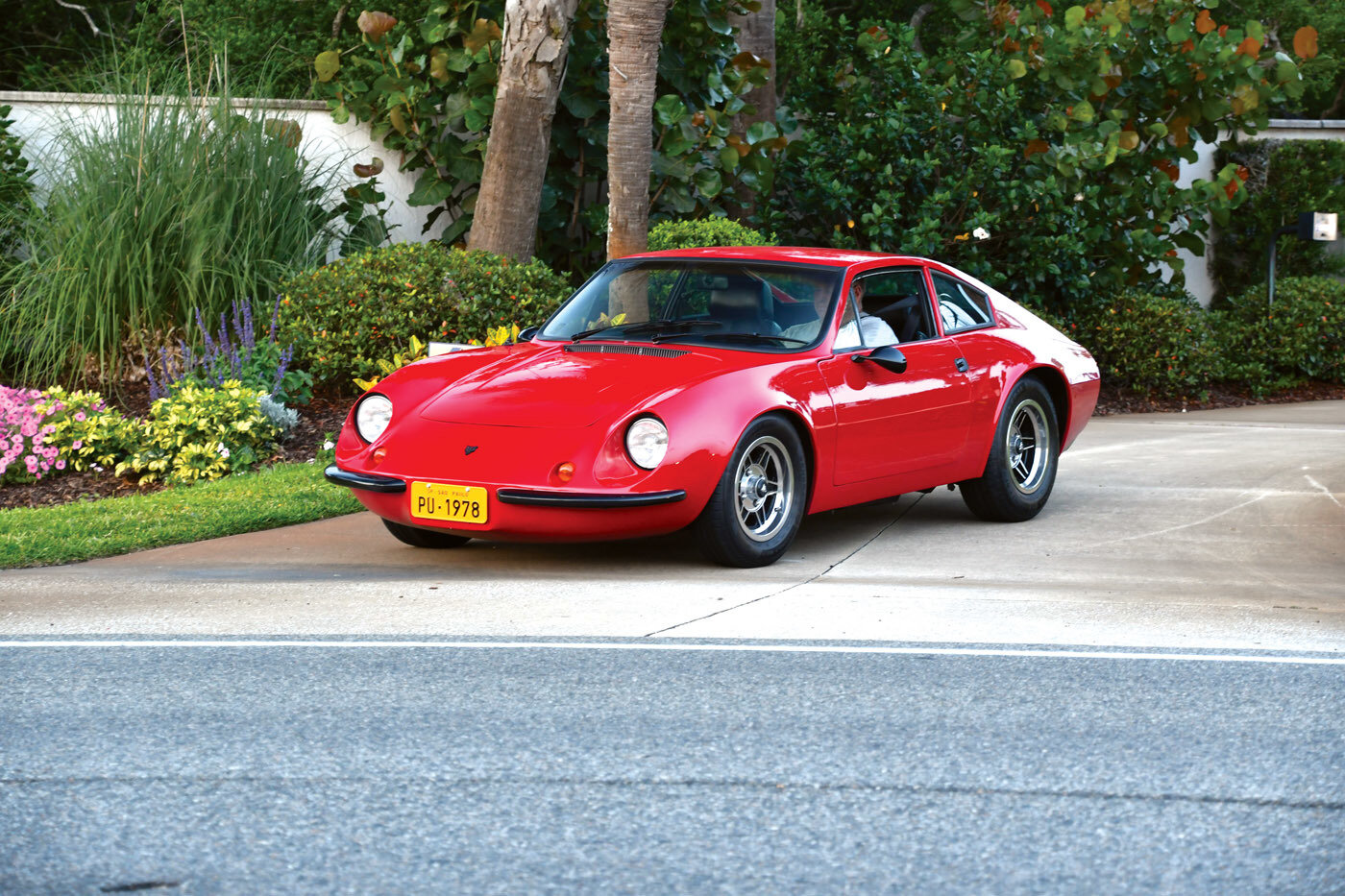
Reviving a Brazilian VW-based Puma here in the states
Story and Photos by Joe Greeves
In the 1950s and ’60s, the Volkswagen was the preferred base for myriad automotive projects. Cute, peppy and sporty. With a little work, the homely VW body could be removed and a new one easily installed on the versatile floorpan. Even though Beetle-based dune buggies were flourishing, many builders wanted something more suitable for the street use.
Rob Raulerson from Orange Park, Florida, was one of those. He’s been a VW enthusiast for about 35 years. His father was a VW mechanic and Rob had a custom VW Bug when he was in high school. So it was a natural for him to lean toward a cool VW-based project, but he wanted something other than a dune machine. When he came across a VW website listing a VW-based Puma originally from Brazil, the connection was immediate.
The Puma started production in 1964, due in part to Brazil’s highly restrictive automotive import regulations. Local manufacturers took advantage of the opportunity to fill the country’s transportation needs, and the Puma was part of the new breed of locally produced cars. While originally marketed as race car using front-drive DKW components, the Puma made the switch to VW underpinnings in 1967, which made the car streetable and more attractive to the general public.
Although the Puma was sold only as a complete car in Brazil, a small number of cars were imported to the states as kits during the 1970s and ’80s. Due to restrictive U.S. import regulations, they were designated as “parts kits” and arrived as assembled bodies, minus the front suspension, transaxle, engine, wheels and tires. The missing items could be sourced from donor vehicles, but also were available from the distributor, formerly Kevin Hines of Special Edition, which now handles the Beck Speedster, Spyder and GTS.
According to Hines, Puma produced some 22,000 cars and trucks in its heyday but still had to declare bankruptcy by the mid-1980s. The demise of the company was due largely to a change in the political climate that dissolved a favorable tax arrangement with the outgoing military dictatorship. Hines says that Puma was briefly reopened by the Alfa Metais company in Curitiba, Brazil, and they produced four Puma models under the AM prefix. The firm also had ill-fated plans for another car promoted by boxer Muhammad Ali, called the Ali Stinger.
“These efforts were too little, too late,” Hines recalls. “We did make two prototypes for this last effort and signed a contract for 500 units, but the funds never appeared.” One of the Ali Stinger prototypes was a coupe, which he still owns, and the other a convertible, but it caught fire and was destroyed many years ago.
When Rob first discovered his Puma project online, he was taken by its sleek design. Its looks were inspired by the Lamborghini Miura, the first supercar with a midengine, two-seat setup. While the Puma emulated the Miura’s crisp Italian styling, its VW four-banger fell a bit short of the V12’s supercar performance. And this particular example had other issues in need of attention.
While the car in the ad had good bones, it was in rough condition. In addition to stress cracks throughout, the car had been hit in the left front and poorly repaired. Since the Puma has a one-piece body, the fender had to be recreated rather than simply bolting on a new one. Even so, Rob took a chance on the car and had it shipped to his home in Orange Park.
After a false start with one body shop, he was fortunate to find Aaron Beverly and Willie Williams from Born Again Painters in Jacksonville. They were able to rejuvenate the dilapidated body and recreate the damaged fender, all before spraying it with a beautiful, bright Ferrari rosso corsa red.
Rob’s second fortunate find was meeting Brazil resident, José Mitchell while at a car show here in the states. When José returned home, the two corresponded and José began sending Rob parts on a regular basis, eventually becoming a distributor for the small Puma community in the U.S. His assistance was invaluable in obtaining all the hard-to-find items needed for Rob’s restoration, such as the new rubber for the glass, carpet, steering wheel, gas cap and even a vanity license plate from Brazil.
The third piece of the puzzle was Ron Wells of Chief’s Pistons & Rotors Motors in Orange Park. He handled the mechanical work on the engine and the overall assembly of the car.
The Puma rides on a VW pan, shortened about a foot. Suspension starts with a lowered H-beam front end that tightens the gap between wheel and wheel well. Front and rear sway bars were added for flat cornering, and modern clamping pressure comes from disc brakes up front and Type 3 drums (bigger than a Beetle’s) in the rear.
The car rolls on 14-by-5-inch and 14-by-6-inch wheels with General AltiMAX RT rubber on all four corners. A 10-gallon fuel tank resides up front in the traditional VW location, along with the spare, helping to equalize the front-to-rear weight distribution. To provide a little extra clearance, since Rob is a big guy, the driver’s side floorpan was dropped an additional 2 inches.
The VW engine in the Puma was running at the outset, but not at its best. Careful tuning, several new parts and a lot of time and patience transformed it into a potent little performer. The 1975 Type 1, 1,600 cc flat-four is fueled by a pair of Solex single-barrel carburetors. It’s also fitted with an Empi 72-plate competition oil cooler with a 12-volt electric fan, plus custom aluminum engine pulleys, CB Performance valve covers and Bosch electronics. Custom Puma headers dump into a transverse-mounted muffler. The engine is connected to a four-speed, freeway flyer transaxle fitted with a Gene Berg short-throw shifter with a Puma knob. Rob reports that the shifter moves just 3 inches between gears.
Moving inside the all-black interior, the driver and passenger sit on comfortable SCAT Enterprises Procar bucket seats wrapped in black vinyl. The gauges are VDO, made especially for Puma, as is the leather-wrapped wheel.
An Alpine stereo plays through a pair of Infinity speakers in the quarter panels, and sound deadening throughout ensures that the driver and passenger can genuinely enjoy the music. An OPTIMA battery supplies all the car’s power needs.
The final step was the exterior, and Pumas were fitted with multiple trim combinations over the years. Rob’s car uses horizontal VW Bus taillights and Hella H4 headlights. The decorative fiberglass bumpers front and rear are reinforced with black, powder-coated metal covers, and the sideview mirrors are authentic Puma parts.
Now that the car is complete, Rob has become a regular on the show circuit with a collection of trophies, proving the car has become a true crowd favorite. He plans to improve his Puma with a larger, more powerful engine and truly appreciates the support of his wonderful friends and family. All of which is living proof that rescuing a rare animal brings people together.

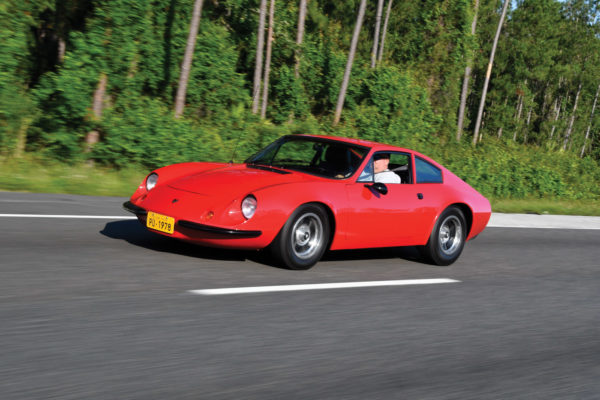
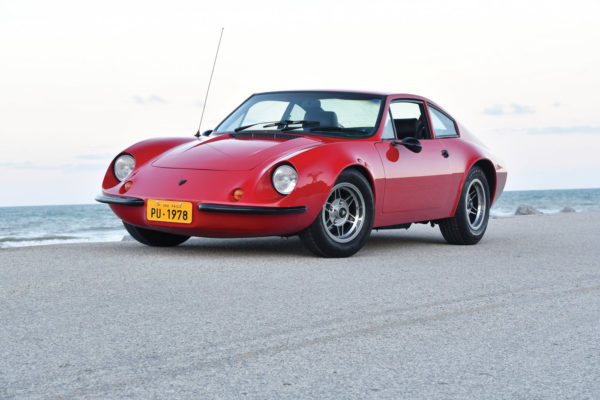
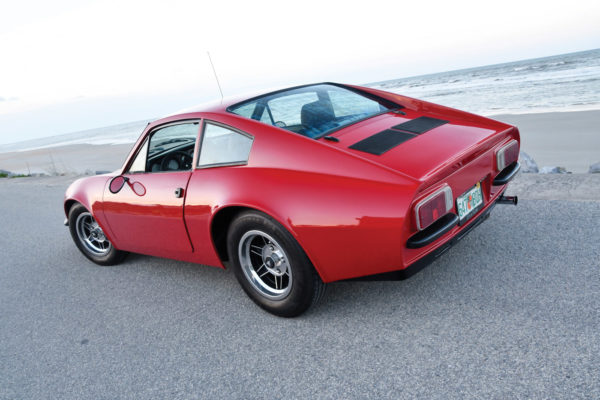
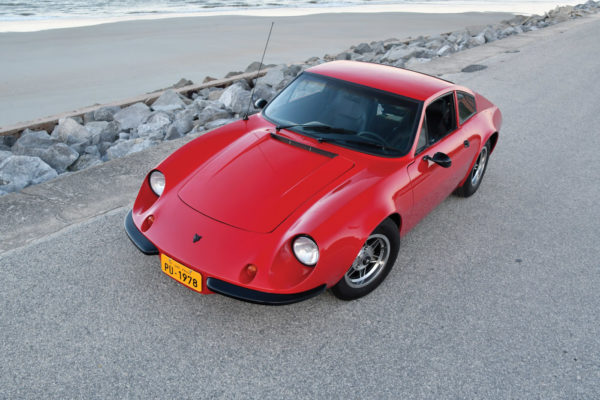
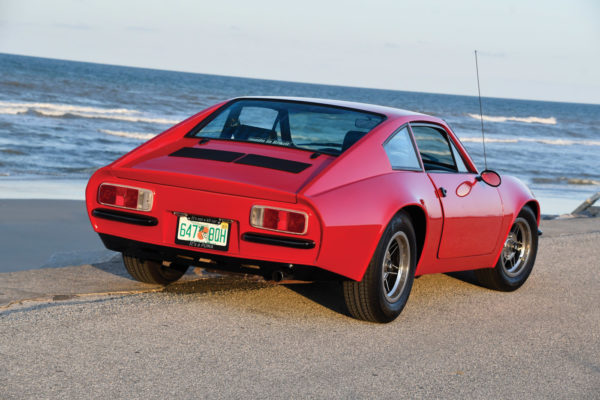
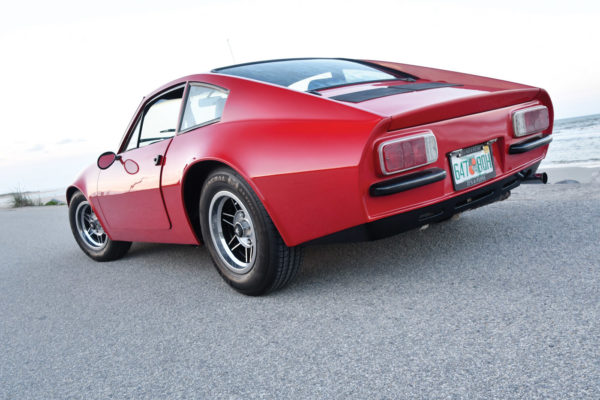
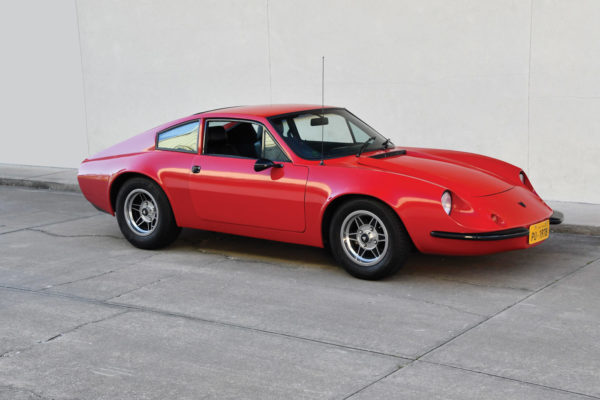
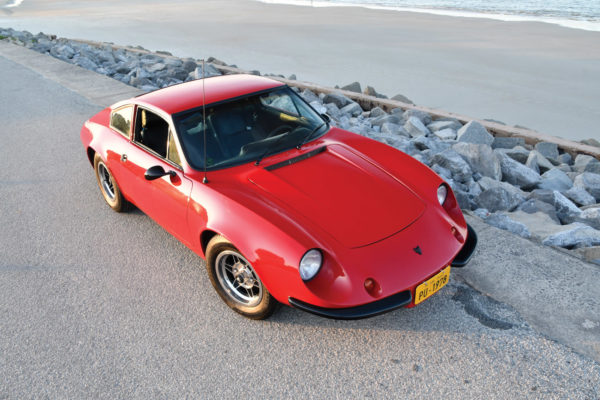
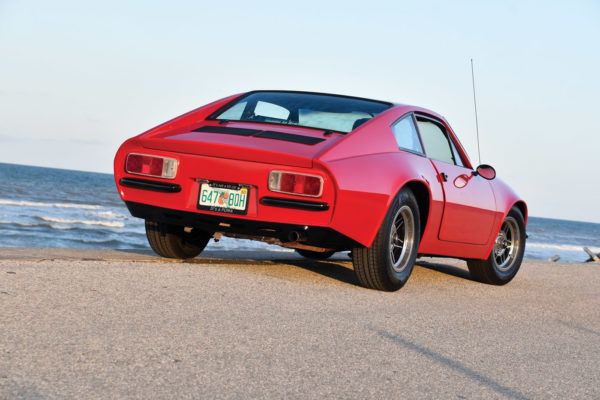
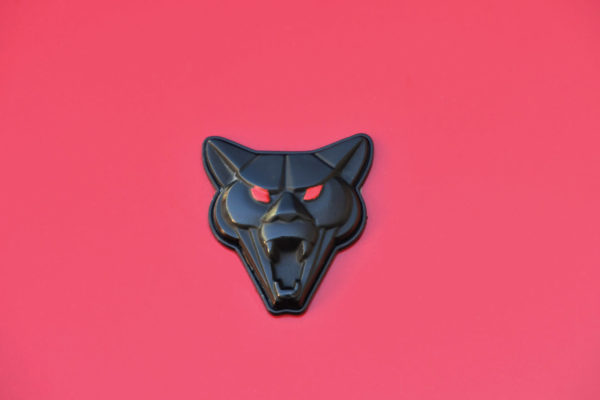
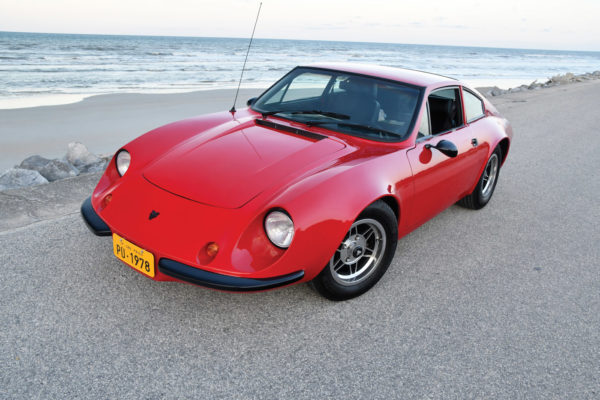
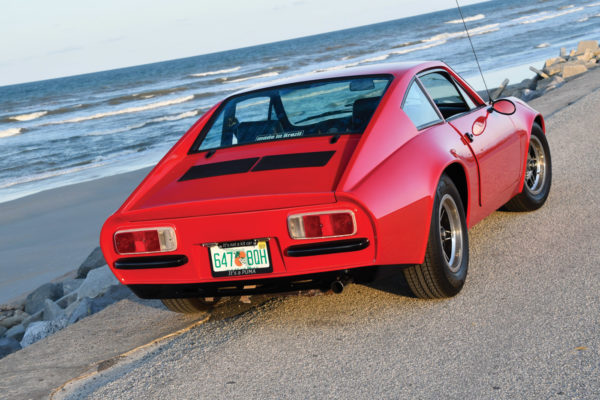

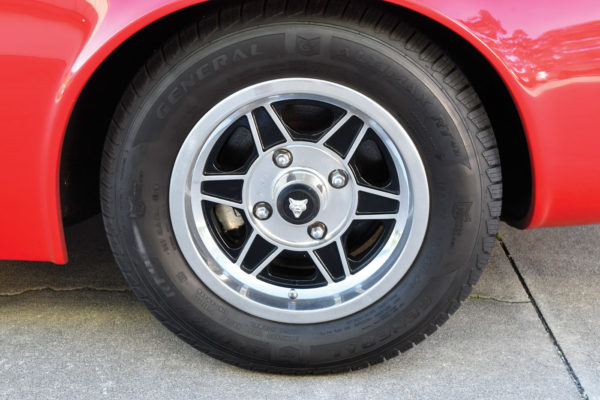

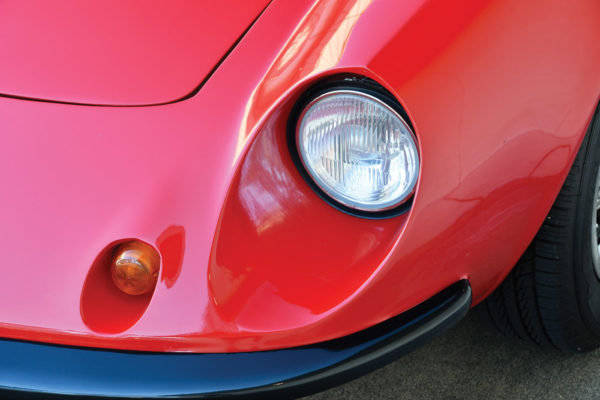
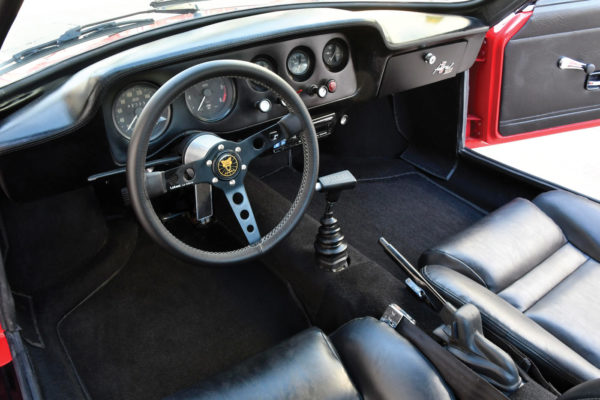

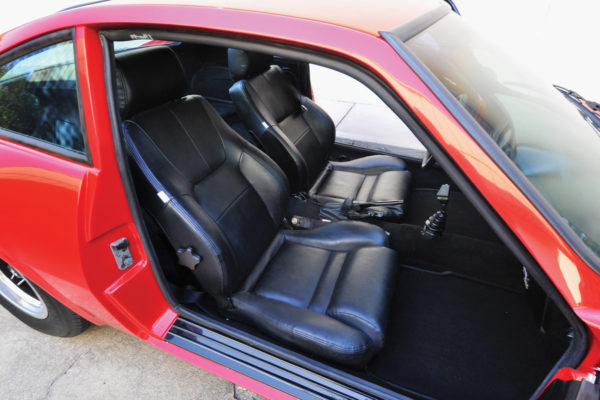
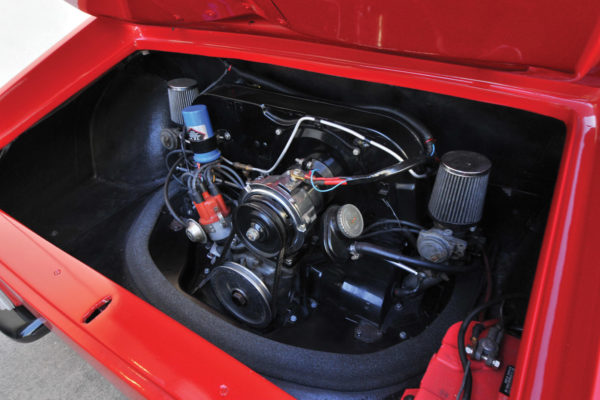
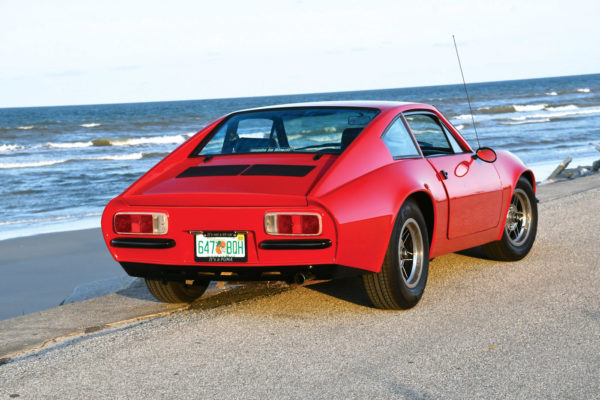

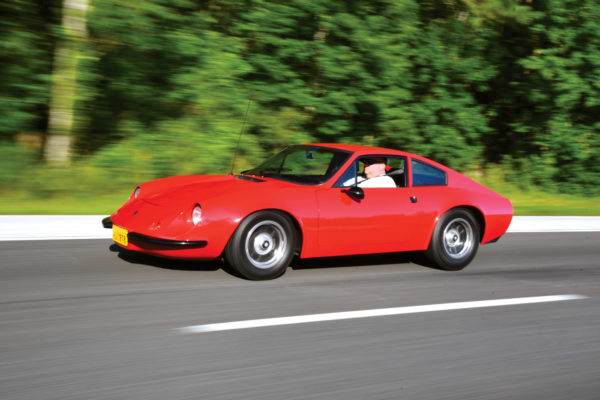
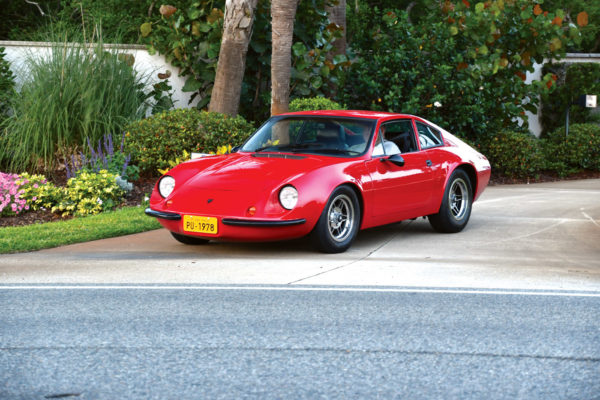
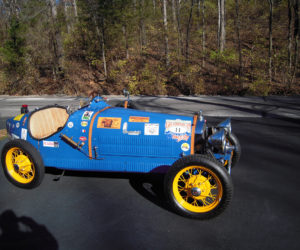
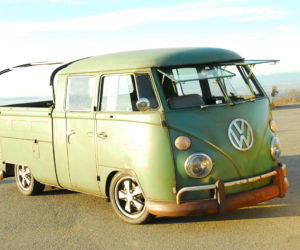
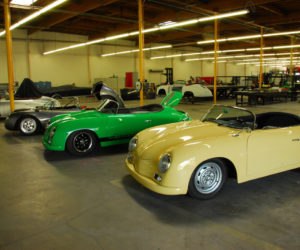
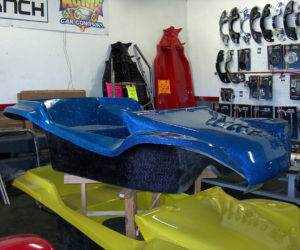
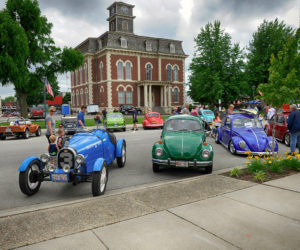





Comments for: Animal Rescue
comments powered by Disqus